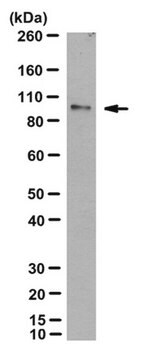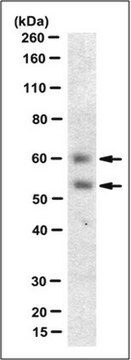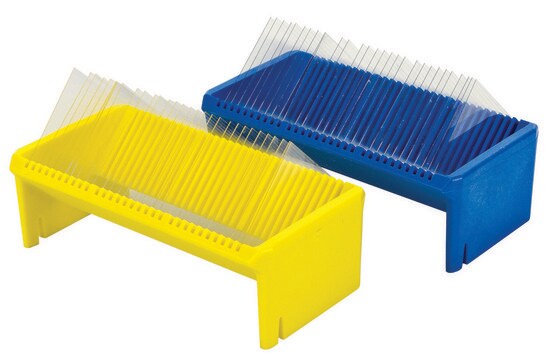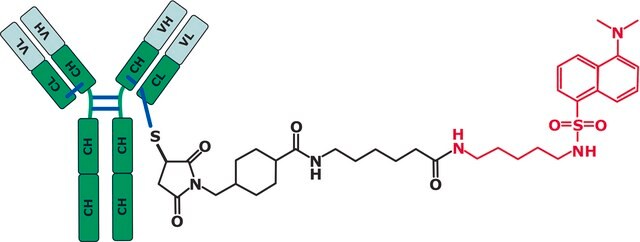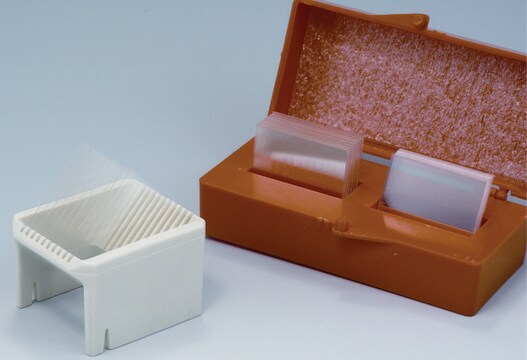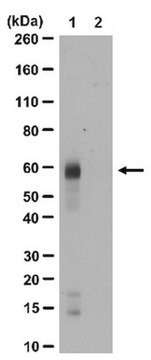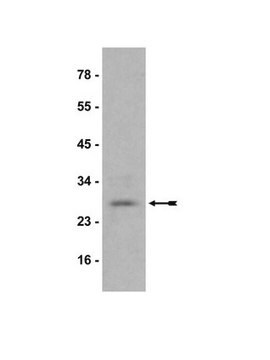MABN1598
Anti-RetGC-1/GUCY2D Antibody, clone 6D8.2
clone 6D8.2, from mouse
Sinônimo(s):
Retinal guanylyl cyclase 1, Guanylate cyclase 2D, retinal, RETGC-1, Rod outer segment membrane guanylate cyclase, ROS-GC
About This Item
Produtos recomendados
fonte biológica
mouse
Nível de qualidade
forma do anticorpo
purified immunoglobulin
tipo de produto de anticorpo
primary antibodies
clone
6D8.2, monoclonal
reatividade de espécies
human
técnica(s)
western blot: suitable
Isotipo
IgG1κ
nº de adesão NCBI
nº de adesão UniProt
Condições de expedição
wet ice
modificação pós-traducional do alvo
unmodified
Informações sobre genes
human ... GUCY2D(3000)
Descrição geral
Especificidade
Imunogênio
Aplicação
Neuroscience
Sensory & PNS
Qualidade
Western Blotting Analysis: 0.5 µg/mL of this antibody detected RetGC-1/GUCY2D in 10 µg of Y79 human retinoblastoma cell lysate.
Descrição-alvo
forma física
Armazenamento e estabilidade
Outras notas
Exoneração de responsabilidade
Não está encontrando o produto certo?
Experimente o nosso Ferramenta de seleção de produtos.
Código de classe de armazenamento
12 - Non Combustible Liquids
Classe de risco de água (WGK)
WGK 1
Certificados de análise (COA)
Busque Certificados de análise (COA) digitando o Número do Lote do produto. Os números de lote e remessa podem ser encontrados no rótulo de um produto após a palavra “Lot” ou “Batch”.
Já possui este produto?
Encontre a documentação dos produtos que você adquiriu recentemente na biblioteca de documentos.
Nossa equipe de cientistas tem experiência em todas as áreas de pesquisa, incluindo Life Sciences, ciência de materiais, síntese química, cromatografia, química analítica e muitas outras.
Entre em contato com a assistência técnica